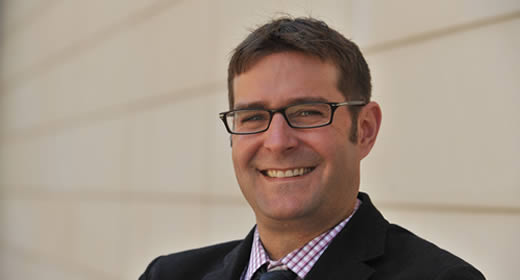
With 32 million previously uninsured Americans poised to receive coverage under the Affordable Care Act, some worry that this enormous influx of patients will overload the health care system—limiting access, driving up prices, and decreasing the quality of care. Still others are looking toward the growing population of licensed health practitioners, including Nurse Practitioners (NP) and Physician Assistants (PA), to fill the need.
Since their origins in the 1960s, the number of NPs and PAs has grown dramatically. In the United States, these professionals already outnumber family and general practice doctors, and are rapidly approaching equal footing with primary care physicians; in some areas, in fact, they are already the primary providers of care.
Assistant Professor Kevin Stange's research seeks to understand how the health care system is responding to this growth. However, because most data sets on these practitioners are static, and aren't connected with other community characteristics or population demographics, the first step in his research was to assemble the facts.
In collaboration with Deborah Sampson from the Boston College School of Nursing, Stange recently finished a massive effort to construct a data set that tracks NP and PA growth at the county level from 1990-2008. To enrich this information, he has matched it to county characteristics including population, income, racial breakdown, educational achievement, and rural/urban status. He has also added information about whether the community has been designated a health provider shortage area, whether it has given NPs and PAs authority to write prescriptions, proximity to nursing and medical schools, and HMO penetration.
With this information in hand, Stange is poised to begin exploring how growing numbers of NPs and PAs affect access to care, cost of care, and health care quality. "Just laying down some basic facts about where these changes in the health care workforce have been most significant was a first step. Now we can begin exploring whether non-physician clinicians such as NPs and PAs are a cost-effective way of expanding high-quality primary care to more people. Physician groups have generally been reluctant to expand the independent practice authority of non-physicians, but there has been little research either supporting or refuting their concerns."
Below is a formatted version of this article from State & Hill, the magazine of the Ford School. View the entire Fall 2010 State & Hill here.